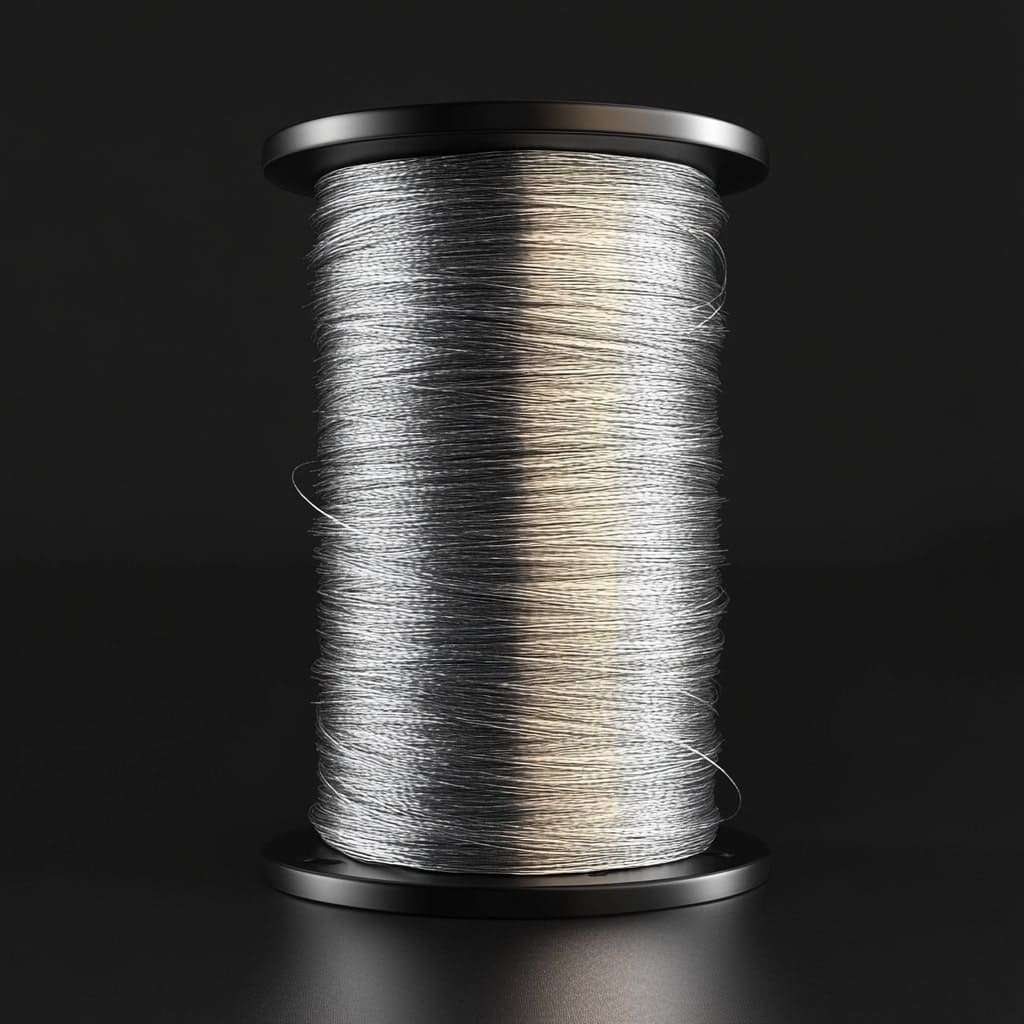
Nickel Wire NP1 / NP2
High-Purity Nickel Wire NP 1 & Nickel Wire NP2 (3N – 4N Purity Grade)
Nickel wire 0.025 mm (25 micron) diameter. Precision-wound on sealed spools, with a net weight of 100–350 grams of pure nickel wire per unit, ensuring safe handling, protection from contamination, and seamless integration into advanced manufacturing workflows. Both, nickel wire NP1 and nickel wire NP2 have 0.025 mm diameters.
Product Gallery
Product Details
Real FAQs
Yes, trial orders are available for most products, excluding custom-engineered alloys. Please select the “Trial quantity required” option when submitting your RFQ form.
Lead times vary depending on the type of order. Below is an overview of typical processing and delivery times for our main order categories:
- Trial batch orders are typically dispatched within 5 business days from the date of payment receipt.
- Ultra high-purity metals purchase orders are fulfilled within 7–14 business days from the date of advance payment under the main agreement, depending on quantity and destination.
- Custom alloy wire manufacturing orders include a development phase and are scheduled individually based on product complexity, specification, and volume.
Lead time for each custom alloy wire contract is determined jointly with the client and includes both production and quality assurance stages.
Yes, we can arrange logistics and deliver to any international airport specified by the buyer.
Our order processing follows a structured and transparent workflow aligned with Incoterms 2020 practices:
- Client: submits an LOI (Letter of Intent) or RFQ form to Pure Metals.
- Jointly: we clarify and confirm all technical and commercial details of the LOI/RFQ.
- Pure Metals: issues an FCO (Full Corporate Offer). We intentionally skip SCO (Soft Corporate Offer) to streamline the process.
- Client: confirms the FCO and provides proof of funds (BCL or equivalent banking document).
- Optionally: a trial quantity shipment may be arranged under an accelerated procedure, based on a simplified standalone agreement. Upon receipt, the client confirms that the product quality meets the required specifications.
- Pure Metals: drafts the contract and coordinates revisions with the client.
- Both parties: sign the final contract.
- Client: makes a partial advance payment — typically 25% of the total value of the initial product batch.
- Pure Metals: dispatches the goods and provides the transport documentation to the client.
- Client: completes final payment and receives the goods at the destination in accordance with the transport documentation and agreed delivery terms.
Absolutely. Once your RFQ or LOI is agreed upon and the FCO is signed, we’d be happy to arrange a visit to one of our warehouses that best suits your order specifics. If needed, we can also organize self-pickup of your order from the warehouse under the appropriate Incoterms 2020, making the process as smooth and convenient for you as possible.
Yes, we assist with all necessary documentation to help streamline logistics, compliance, and customs clearance — regardless of the products combination or technical specifications in your order.
Yes, every delivery includes a lab certificate to verify product purity and ensure batch-to-batch consistency.
Other Products
Nickel Wire NP1 / NP2: Material Profile
Nickel Wire NP1 and Nickel Wire NP2 are high-precision conductors made from pure nickel wire with tightly controlled purity and dimensional tolerances. As a transition metal with a partially filled d-electron shell, nickel exhibits excellent mechanical strength, magnetic properties, and stable oxidation states (typically Ni²⁺). With a high melting point of 1455 °C and boiling point of 2913 °C, high-purity nickel wire remains structurally stable in elevated-temperature and reactive environments.
Technical Characteristics of Nickel Wire
What sets nickel wire NP1 and NP2 apart is their extremely small diameter — typically 10 µm or 25 µm — combined with precise control of surface finish, conductivity, and ductility. These pure nickel wires are designed for specialized applications such as micro-coils, precision actuators, MEMS devices, and high-frequency sensors, where size, electrical performance, and thermal reliability are critical.
Due to the sensitivity of high-purity nickel wire to trace contaminants such as sulfur, phosphorus, and oxygen, strict metallurgical controls are applied throughout production. These ensure uniform grain structure, chemical purity, and defect-free surfaces — essential in critical environments such as aerospace, advanced medical devices, and quantum instrumentation.
Form Factor and Handling Instructions
Nickel wire NP1 and nickel wire NP2 are supplied on sealed polymer or antistatic spools, each unit containing 100–350 grams of precision-wound wire. The packaging ensures safe handling and protection from moisture, particulates, and static electricity. The fine diameter enables dense winding and compact integration, making it ideal for additive manufacturing, biomedical and RF coils, and lab-scale experiments.
Handling these wires requires cleanroom protocols. Vacuum tweezers or anti-static tools are recommended to avoid introducing surface defects that could impair performance in high-reliability systems.
Standards and Equivalent Grades
In international standards, nickel wire NP1 is typically comparable to Nickel 200, while nickel wire NP2 aligns with Nickel 201, according to ASTM and UNS specifications. Nickel 200 is a commercially pure wrought nickel alloy with low gas content and excellent mechanical properties. Nickel 201 offers lower carbon content, making it better suited for high-temperature or corrosive environments where intergranular attack must be minimized. Both grades meet the purity and performance benchmarks for high-purity nickel wire used in critical technologies.
Applications of Nickel Wire NP1 & NP2
Nickel microwires with diameters as fine as 25 μm offer a unique combination of electrical conductivity, corrosion resistance, mechanical strength, and thermal stability. The NP1 and NP2 series are engineered for ultra-sensitive and high-reliability environments across multiple industries:








